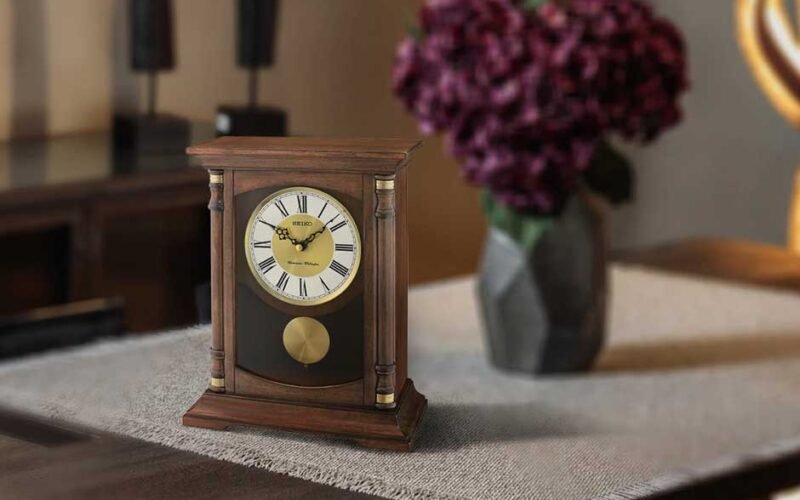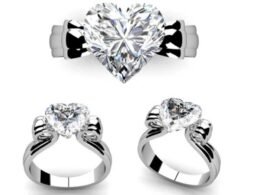As awareness of environmental issues continues to grow, many parents are looking for sustainable baby clothes that prioritize eco-friendly materials, ethical production methods, and long-term benefits for the planet. When choosing baby clothes, it’s not just about soft textures and adorable designs anymore—it’s about ensuring that these little garments have a positive impact on the world they’ll grow up in.
This blog explores what makes baby clothes sustainable, from the materials used to the processes behind them. We’ll dive into the characteristics of sustainable fabrics, the importance of ethical production, and how parents can make informed choices.
What Are Sustainable Baby Clothes?
Sustainable baby clothes are garments designed and manufactured to minimize environmental impact while ensuring high quality and durability. They often use organic or recycled materials, avoid harmful chemicals, and are made through fair trade and ethical labor practices.
The key to sustainability lies in materials and processes that reduce pollution, waste, and the depletion of natural resources, while also focusing on the wellbeing of workers and the environment.
Key Materials for Sustainable Baby Clothes
The materials used in baby clothes play a crucial role in determining their sustainability. Below are some of the most common eco-friendly fabrics used in creating sustainable baby clothes:
-
Organic Cotton
Organic cotton is one of the most popular materials for sustainable baby clothes. Unlike conventional cotton, it’s grown without synthetic pesticides or fertilizers, making it safer for the environment and your baby’s delicate skin. Organic cotton also uses significantly less water during production, reducing its ecological footprint.
Benefits of Organic Cotton:
- Hypoallergenic and gentle on sensitive skin.
- Free from toxic chemicals.
- Biodegradable and renewable.
When shopping for baby clothes, look for certifications such as GOTS (Global Organic Textile Standard) to ensure the cotton is truly organic.
-
Bamboo
Bamboo is a fast-growing, renewable resource that requires minimal water and no pesticides to thrive. Bamboo fabric is soft, breathable, and naturally antibacterial, making it an excellent choice for baby clothes.
Pros of Bamboo Clothing:
- Naturally hypoallergenic and UV-resistant.
- Biodegradable and environmentally friendly.
- Produces a silky-smooth texture perfect for babies.
However, not all bamboo fabrics are created equal. Look for bamboo clothing labeled as “mechanically processed” to ensure a more sustainable production method.
-
Hemp
Hemp is another sustainable option that has gained popularity for baby clothes. Known for its durability, hemp fabric softens with each wash, making it ideal for clothing that can withstand daily wear and tear. Hemp is also a low-impact crop, requiring little water and no pesticides.
Why Choose Hemp for Baby Clothes?
- Naturally antibacterial and resistant to mold.
- Strong and long-lasting material.
- Grows quickly and replenishes soil health.
-
Tencel™ (Lyocell)
Tencel™ is a semi-synthetic fiber made from sustainably sourced wood pulp, such as eucalyptus or beech trees. The production process is designed to recycle almost all solvents used, resulting in minimal environmental impact.
Advantages of Tencel™:
- Smooth and lightweight, ideal for baby clothes.
- Made through a closed-loop production process.
- Biodegradable and compostable.
-
Recycled Polyester
While polyester is a synthetic material, recycled polyester (rPET) gives new life to plastic waste, such as water bottles. By diverting plastic from landfills, rPET can be used to create soft, durable fabrics for baby clothes.
Benefits of Recycled Polyester:
- Diverts plastic waste from the environment.
- Durable and resistant to stretching.
- Reduces the need for virgin polyester production.
When choosing recycled polyester, ensure that the clothing is free from harmful dyes and chemicals.
What to Avoid in Baby Clothes
Not all fabrics marketed as eco-friendly are truly sustainable. Here are some red flags to watch out for:
- Conventional Cotton:Despite its softness, traditional cotton is one of the most water-intensive and pesticide-heavy crops.
- Synthetic Fabrics (Virgin Polyester, Nylon, Acrylic):These fabrics are produced using fossil fuels and are non-biodegradable.
- Chemical Dyes and Finishes:Many baby clothes are treated with chemical dyes or flame retardants that can irritate skin and harm the environment.
The Importance of Ethical Production
Sustainable baby clothes go beyond eco-friendly materials. The production process significantly impacts their overall environmental impact.
Fair Labor Practices
Brands that prioritize fair wages, safe working conditions, and ethical labor practices contribute to a more sustainable fashion industry. When choosing baby clothes, look for certifications like Fair Trade or WRAP (Worldwide Responsible Accredited Production).
Low-Impact Dyes
Many sustainable baby clothes use natural or low-impact dyes that are free from heavy metals and harmful chemicals. These dyes are safer for babies and minimize water pollution during production.
Reducing Waste
Sustainable brands often implement zero-waste policies, recycling fabric scraps or using them to create new products, such as headbands or bibs.
Durability and Longevity: Key to Sustainability
Sustainability isn’t just about how baby clothes are made—it’s also about how long they last. High-quality materials and craftsmanship ensure that clothes can be reused or passed down, reducing the need for frequent replacements.
Tips for Extending the Life of Baby Clothes:
- Wash on a gentle cycle with mild detergent to preserve fabric quality.
- Store clothes properly to avoid damage.
- Donate or resell outgrown clothes to reduce textile waste.
Making Informed Choices as a Parent
When shopping for sustainable baby clothes, here are some key tips to keep in mind:
- Check for Certifications
Look for certifications such as GOTS, OEKO-TEX®, and Fair Trade, which verify eco-friendly materials and ethical production standards. - Research the Brand
Investigate the brand’s sustainability initiatives, such as using renewable energy, reducing carbon emissions, or supporting community development. - Opt for Timeless Designs
Choose neutral colors and classic designs that can be reused for siblings or resold. - Prioritize Versatility
Buy multipurpose items, such as rompers or onesies, that can be layered or worn year-round. - Support Local Businesses
Buying from local or small-scale brands reduces transportation emissions and supports sustainable practices.
Sustainable Baby Clothes: The Long-Term Benefits
Investing in sustainable baby clothes benefits not only the environment but also your baby’s health and future. By choosing eco-friendly materials and ethical brands, parents can help foster a cleaner, greener planet for the next generation.
The Future of Baby Clothing Sustainability
The demand for sustainable baby clothes continues to rise as parents seek better options for their little ones and the planet. Innovations in fabric technology, such as bio-fabricated materials and plant-based alternatives, are paving the way for an even more sustainable future.
As consumers, parents hold the power to drive change by supporting brands that prioritize sustainability. Every purchase is a step toward reducing waste, protecting ecosystems, and ensuring a healthier future for all.
Final Thoughts
Sustainable baby clothes are about more than just trendy buzzwords. They represent a commitment to eco-friendly materials, ethical practices, and long-term durability. By choosing organic cotton, bamboo, hemp, Tencel™, or recycled polyester, parents can prioritize their baby’s comfort while caring for the planet.
Make a conscious choice to invest in sustainable baby clothes today. Small decisions can lead to significant change, creating a better world for your little one to grow up in.










